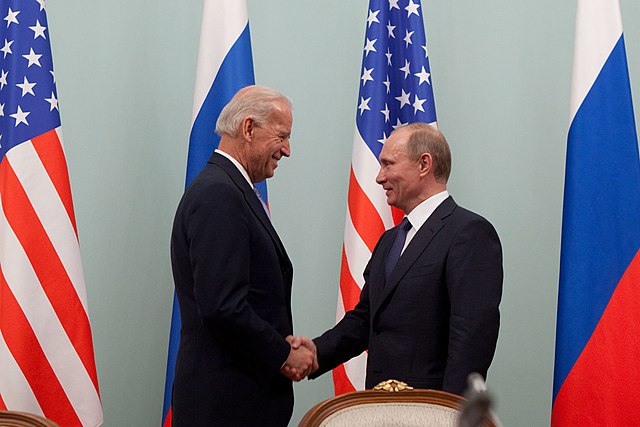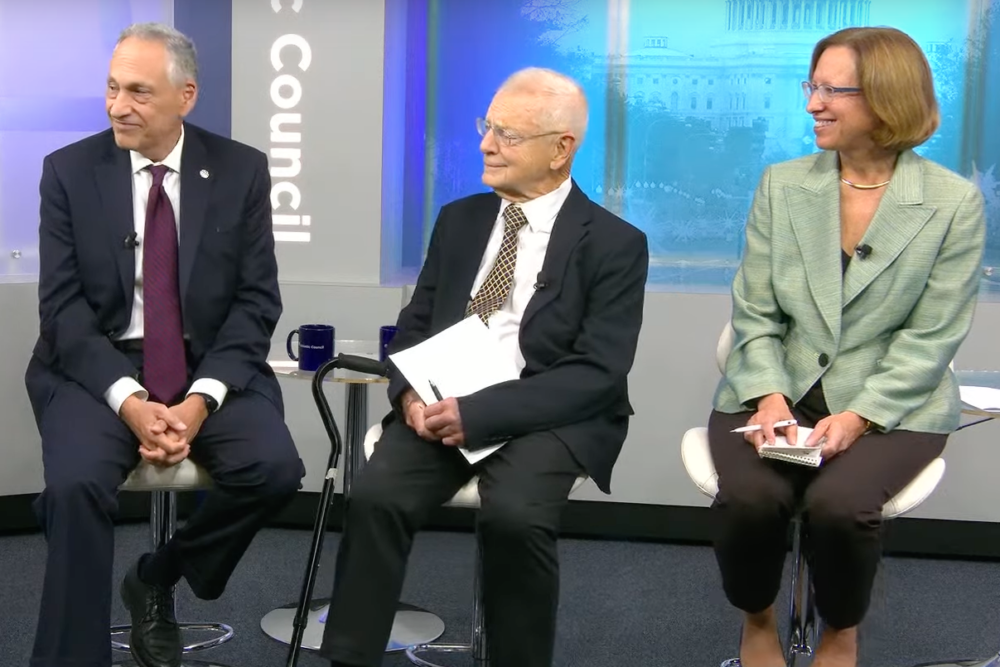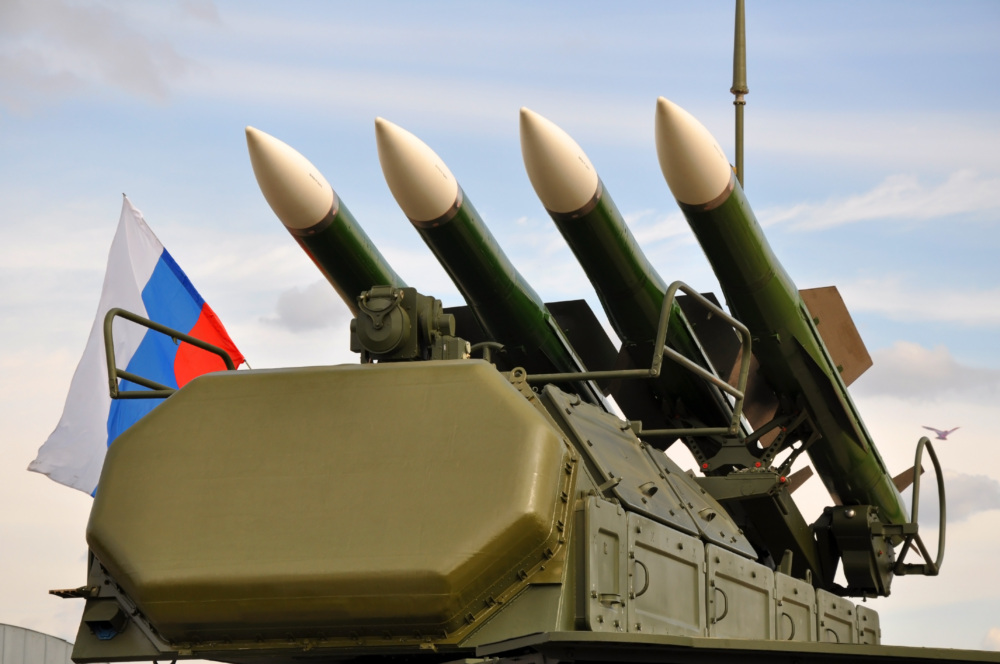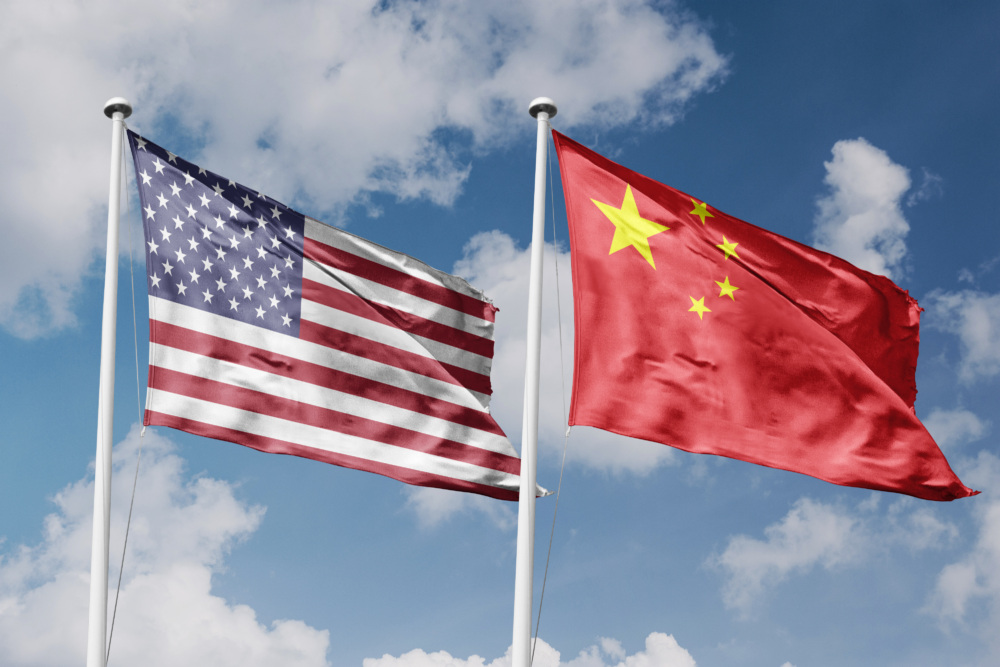
Mark Melamed
Deputy Vice President, Global Nuclear Policy Program
Atomic Pulse
When President Biden and Russian President Putin meet in Geneva on June 16, they will have a full agenda of issues to discuss, from the conflict in Ukraine to challenges in the Middle East. Amid talks on the litany of bilateral irritants, we also can expect to hear a lot about the importance of “strategic stability” between the United States and Russia.
What does that phrase mean, and why is it so important?
Typically, strategic stability can be said to exist between two nuclear-armed powers if: 1) neither side has an incentive to use nuclear weapons first; 2) neither side has an incentive to build up its nuclear forces; and 3) there exists some degree of predictability and transparency during periods of heightened tensions between the two sides.
In theory, it sounds relatively simple. In practice, establishing and maintaining strategic stability is complicated and requires an array of processes and agreements that facilitate dialogue and engagement and are aimed at avoiding nuclear competition and conflict, whether due to intentional acts or as a result of miscommunication, blunder, or unintended escalation.
Throughout the latter half of the Cold War and in the years following the collapse of the Soviet Union in 1991, the United States and Russia maintained regular dialogue focused on nuclear arms control and avoiding the use of nuclear weapons. Over the past decade, however, that dialogue has largely dissipated, along with the architecture of arms control agreements that long have bounded U.S.-Soviet and U.S.-Russian nuclear and conventional arms competition.
Why does it matter? Today, even after significant reductions from their Cold War peak levels, the United States and Russia together still possess more than 8,000 nuclear warheads, representing over 90% of the global nuclear stockpile. In the current climate, they are increasingly at risk of stumbling into a nuclear conflict that neither side wants and neither side can win.
The move away from strategic stability comes amid the rapid development of new technologies and capabilities that exacerbate today’s risks. Cyber threats may make it harder to distinguish false alarms from real ones, a disturbing prospect considering that leaders would be under pressure to decide within mere minutes whether and how to respond to a report of an incoming nuclear attack. Advanced highly accurate and fast-flying conventional and dual-capable weapons systems risk blurring the line between nuclear and conventional capabilities, increasing the likelihood of miscalculation leading to use of a nuclear weapon. And a renewed arms race seems increasingly plausible, as Moscow cites increasingly sophisticated U.S. missile defenses to justify Russian development of novel and advanced nuclear systems, which Washington in turn argues necessitates additional investment in U.S. nuclear and other military capabilities in response.
Against this alarming backdrop, the United States and Russia need more dialogue about these challenges, not less. They need more and stronger agreements to avoid an arms race, not an increasingly unconstrained environment. As the two leaders who have the power to destroy the world in a matter of minutes, presidents Biden and Putin have an obligation to work together to reduce the risk of catastrophe, regardless of other challenges and tensions in the U.S.-Russian relationship.
The two sides took a critical first step earlier this year when they extended the New Strategic Arms Reduction Treaty (New START) until February 2026, thus preserving the last remaining limitations on U.S. and Russian strategic nuclear weapons as well as the transparency and predictability provided by the treaty’s verification regime. At their meeting in Switzerland, the two presidents must commit to go further and work to rebuild strategic stability by:
The challenges in the U.S.-Russian relationship are real and enduring. “Strategic stability” does not require resolving those differences, nor does it mean overlooking or excusing Russia’s violations of international law. Instead, it requires the two sides to recognize that even—or especially—in the face of broader tensions, we have a shared interest and responsibility in preventing a nuclear conflict that would be catastrophic for the people of both countries and the world.
***
Other NTI resources related to the Administration's meetings in Europe include our new policy papers outlining recommendations for changes to U.S. nuclear policy and posture and engagement with Russia and China, a virtual panel with NTI leaders and other experts on Recommendations to the U.S., Europe, and Russia, and the Euro-Atlantic Security Leadership Group (EASLG) statement on Advancing Strategic Stability in the Euro-Atlantic Region.
Sign up for our newsletter to get the latest on nuclear and biological threats.
Lynn Rusten, vice president of NTI’s Global Nuclear Policy Program, shares her reaction to the 2023 Strategic Posture Report during a panel event at the Atlantic Council.
Putin’s announcement is a significant blow to the last remaining strategic arms control agreement between the world’s two largest nuclear powers and to the fraying Euro-Atlantic security architecture more broadly.
NTI hosted Dr. Tong Zhao for a virtual seminar to discuss the future of U.S.-China nuclear relations and opportunities for reducing nuclear risks between both countries.



